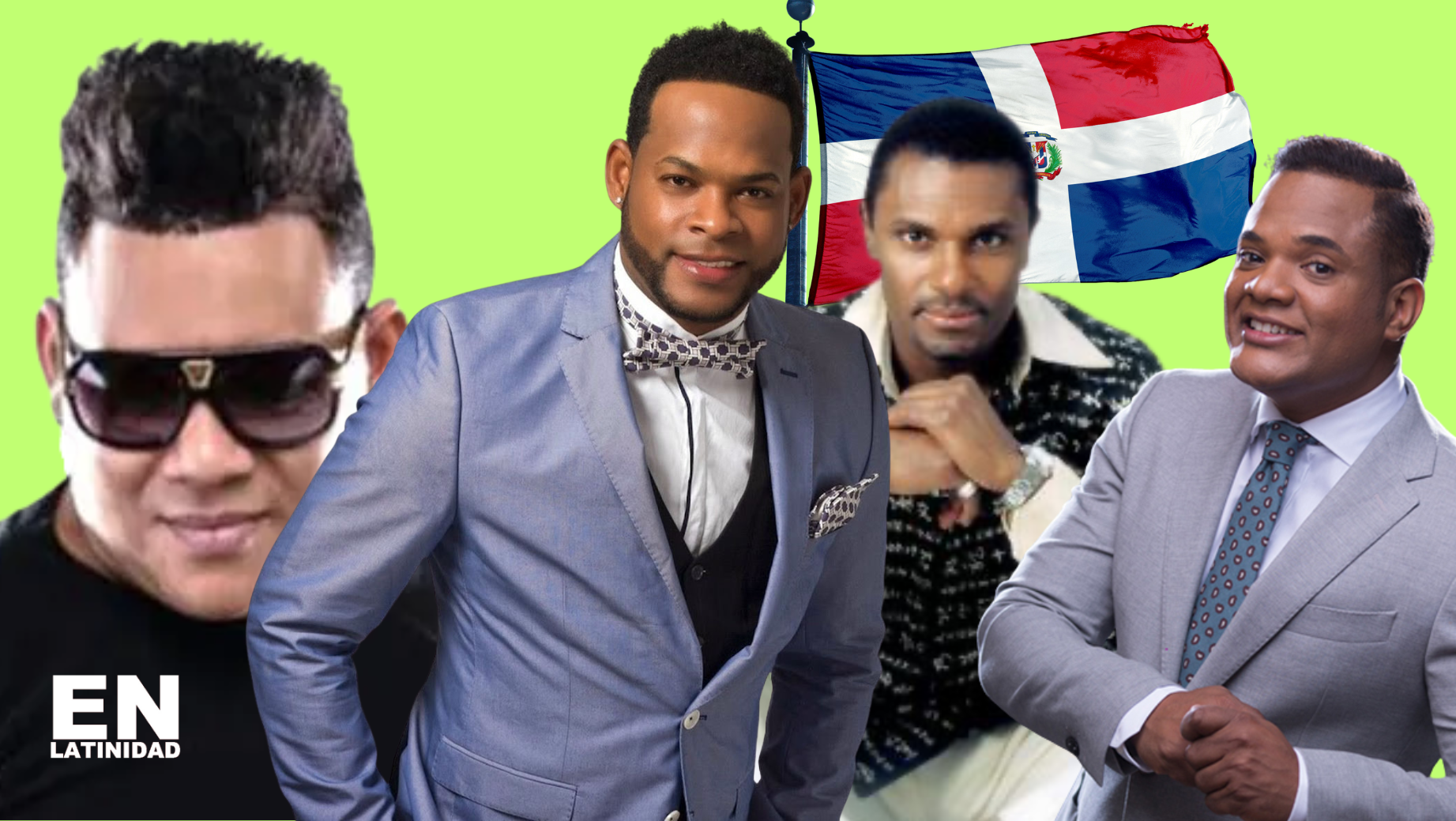Dominicans and Their Unshakable Influence on Salsa Music
Salsa, with its intricate arrangements, vibrant rhythms, and unmistakable sabor, is one of the most beloved genres in Latin music. But in its earliest days, the genre was often dismissed and frowned upon by cultural elites. Unlike classical music, which prized structured compositions and single-instrument showcases, salsa thrived in chaos: a medley of instruments played simultaneously—horns, timbales, piano, congas, güira—producing a collective pulse rather than an individual spotlight. This performative nature, especially rooted in improvisation and working-class expression, made salsa an emblem of resistance, but also a target of elitist disdain. Figures like Celia Cruz, who was often told that her voice or Afro-Cuban style didn’t conform to mainstream standards, had to defy tremendous odds to find acceptance, proving that salsa was far more than noise—it was soul, history, and movement.
While salsa is often geographically tied to Puerto Rico, Cuba, and New York City, Dominican musicians have played a significant role in shaping its evolution—though their contributions are frequently minimized or omitted altogether from official histories and Latin music award shows. For decades, Dominican artists in salsa have faced a frustrating legacy of erasure, often overshadowed by more commercially favored nationalities. This exclusion not only distorts the full picture of salsa’s rich, Pan-Caribbean origins but also ignores how Dominicans have helped push the genre forward in both sound and visibility.
Historically, figures like Alberto Beltrán, known as El Negrito del Batey, helped break ground for Dominicans in salsa by pioneering bolero and son-infused salsa tracks that circulated in the mid-20th century. Another important but overlooked figure is Alberto Canario, whose rhythmic style, band leadership, and arrangements bridged Dominican musical traditions with salsa’s pan-Latin DNA. These artists didn’t just participate in salsa—they brought unique island cadences, lyrical phrasing, and performance practices that distinguished Dominican salsa as a regional force within the global scene.
In more recent decades, a new generation of Dominican salseros have asserted themselves with authority and skill. Alex Matos, often referred to as “El Salsero de Ahora,” blends modern romantic themes with classic salsa instrumentation, carving a lane that bridges tradition and innovation. His success across the Caribbean and the U.S. shows that salsa, when in Dominican hands, can transcend borders and genres. Yiyo Sarante, whose powerful voice and storytelling have made him a household name in salsa romántica, brings a soulful, church-rooted vocal discipline to the genre. Jehu El Rey, a younger figure with an experimental edge, injects his arrangements with street-smart charisma, tapping into contemporary urban influences while maintaining salsa’s structure. Meanwhile, Michel “El Buenón”, with his Afro-Dominican pride and powerhouse vocals, commands deep respect for keeping Dominican salsa vibrant and vocally rich in an era where others might have conformed to more commercial Latin pop aesthetics.
Despite their impact, these artists are often left out of major industry accolades. Latin music institutions, including the Latin Grammys and Billboard Latin Awards, have a longstanding pattern of excluding Dominican salseros from nominations and televised performances, even when they chart or tour successfully. This absence reinforces a false narrative: that salsa is something Dominicans enjoy but don’t contribute to meaningfully. The reality couldn’t be further from the truth.
Dominican salsa is not a footnote—it’s a cornerstone. From classic voices like Alberto Canario to today’s torchbearers like Alex Matos and Yiyo Sarante, Dominicans have continuously infused salsa with new life, even as the industry tries to sideline them. As salsa continues to evolve in the 21st century, it’s essential to recognize that its pulse doesn’t beat from one country alone—it’s the sum of Afro-Caribbean diasporas, and the Dominican Republic is undeniably at the heart of that rhythm.





Leave a Reply
You must be logged in to post a comment.